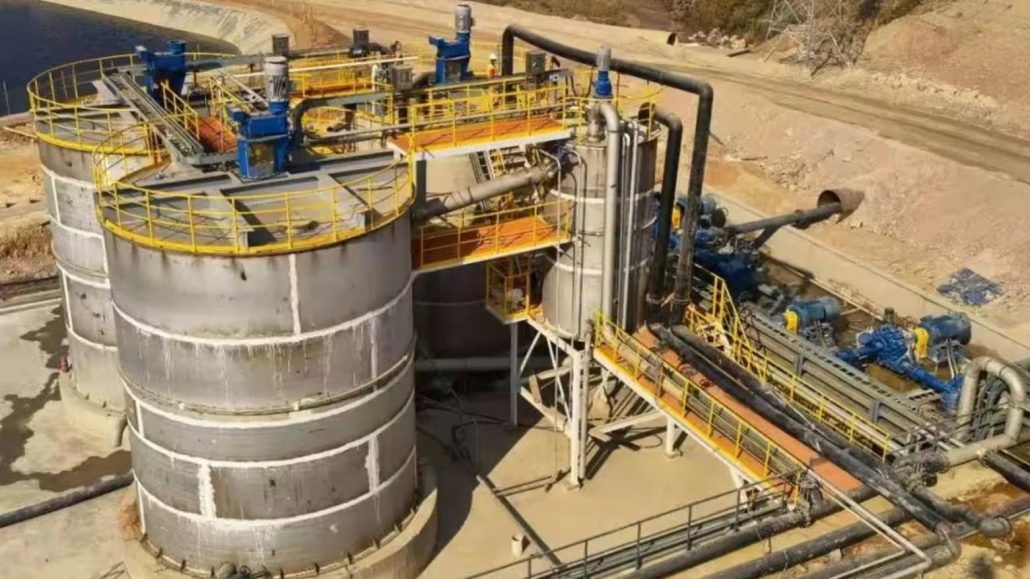
Priority given to coal, natural gas, steel, and aluminum under China’s carbon footprint management system
China’s Carbon Footprint Management System by 2027
The Chinese government has announced its plan to establish a carbon footprint management system by 2027. A carbon footprint measures the total greenhouse gas emissions. The process converts these emissions into carbon dioxide. They form throughout the lifecycle of a product or service—from raw material extraction to manufacturing, distribution, use, and disposal.
According to a Reuters report, the Chinese Ministry of Ecology and Environment aims to publish measurement standards for the carbon footprints of 100 major products by 2027. They plan to expand this to 200 products by 2030.
Focus on High-Pollution and Export-Oriented Products
Initially, China’s standard carbon calculation method will be applied to high-pollution products such as coal and natural gas. Export-oriented products like steel, aluminum, lithium, and electric vehicles are also included. The carbon footprint guidance will then be extended to cover 200 items by 2030.
The Ministry of Ecology and Environment stated that the new carbon footprint management system will also promote low-carbon consumption. Local governments are expected to implement policies and pilot projects to promote the sale of low-carbon products identified through this system.
Expansion of Emissions Trading Scheme (ETS) to Key Industries
Furthermore, the Chinese government plans to expand the scope of its emissions trading scheme (ETS) from the power generation sector. This will include steel and cement. This move is seen as an effort to minimize the impact of the European Union’s Carbon Border Adjustment Mechanism (CBAM).








Leave a Reply
You must be logged in to post a comment.